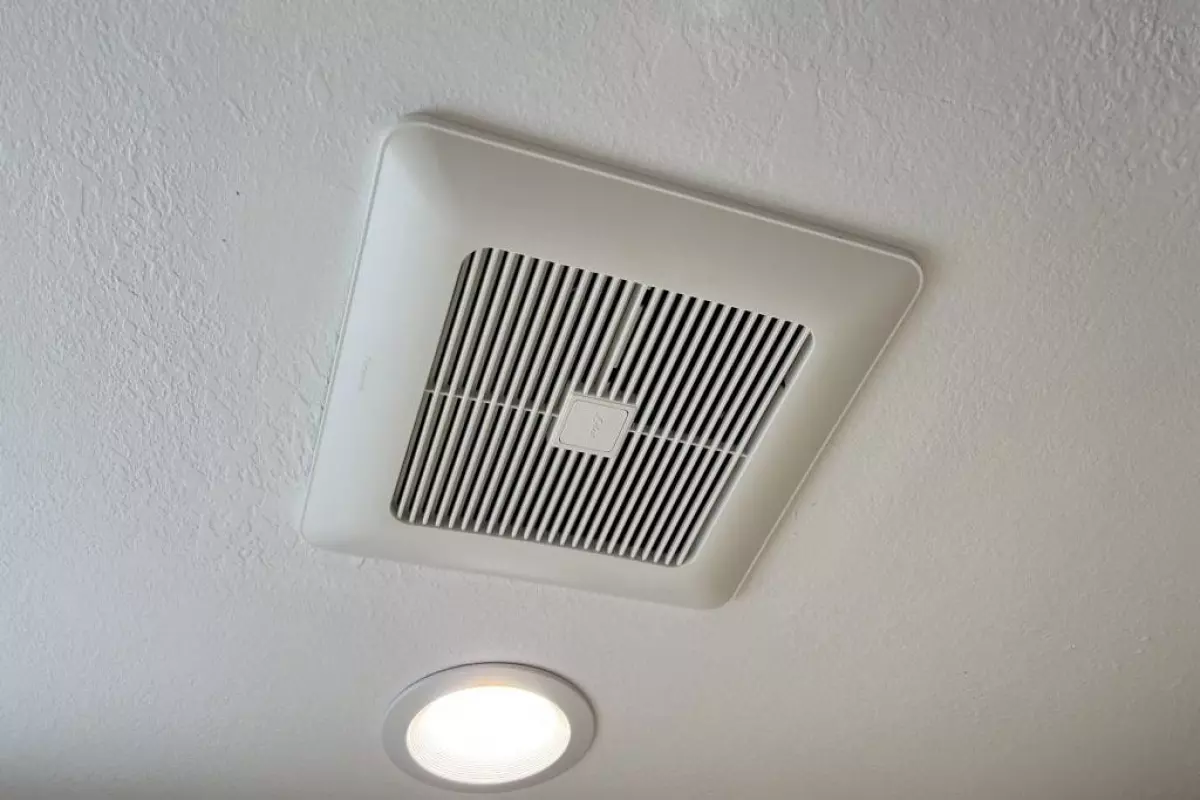Wondering about the purpose of bathroom exhaust fans? Well, they do more than just eliminate odors. These handy devices play a crucial role in maintaining a healthy and damage-free bathroom environment. By ventilating the space and eliminating excess moisture, bathroom exhaust fans prevent issues like mold growth, peeling paint, and rusting fixtures. In fact, bathroom ventilation is so important that it is mandated by residential building codes. In this article, we will delve into the details of bathroom exhaust fans and explore their various types, sizing considerations, and installation processes.
Understanding Bathroom Exhaust Fans
A bathroom exhaust fan works by sucking the air out of the bathroom and directing it outside. This creates proper air circulation within the space, with fresh air entering through the door or an open window. By effectively removing most of the moisture, the fan prevents condensation on bathroom surfaces. To ensure the exhaust fan functions optimally, it must have a clear pathway to the outdoors, typically facilitated by a duct that passes through a side wall or the roof. In terms of power, the fan is generally connected to the 20-amp circuit that powers the bathroom lights and receptacles.
Exploring Different Types of Bathroom Exhaust Fans
Depending on the configuration of your bathroom, you can choose from four basic types of exhaust fans:
1. Ceiling Mount
Ceiling mount fans are the most common type and are installed in the ceiling of the bathroom. They exhaust the air through a duct that passes through the attic and terminates in a vent outlet mounted on the roof. This type of fan is typically centrally located in the bathroom to efficiently handle the shower, bathtub, and toilet areas.
2. Inline Exhaust Fan
An inline fan is mounted in a remote location, often in the attic, and connects to an intake duct that terminates in a grille on the bathroom ceiling. The output vent can extend through a wall or the roof. Compared to ceiling mount fans, inline fans are quieter and have the capability to serve more than one bathroom at the same time.
3. Wall- or Window-Mount Fan
If your bathroom has an exterior wall, you have the option to mount an exhaust fan on it, eliminating the need for lengthy ducts. Additionally, it is possible to install an exhaust fan in a window, following a similar process to installing an air conditioner.
The Importance of Proper Sizing
Proper sizing of a bathroom exhaust fan is crucial to ensure effective ventilation. The Home Ventilation Institute (HVI) recommends a ventilation rate of eight air exchanges per hour for bathrooms. Fan capacity is measured in cubic feet per minute (CFM) and should correlate with the square footage of the bathroom. For example, a 70-square-foot bathroom needs a fan with at least 70 CFM, while a 50-square-foot bathroom requires a 50 CFM fan. Bathrooms larger than 100 square feet need additional ventilation, as per the HVI's recommendations:
- 50 CFM per toilet
- 50 CFM for a shower
- 100 CFM for a jetted bathtub
- 50 CFM for a regular bathtub
Remember, undersizing the exhaust fan may result in inadequate ventilation, so always choose a model with a larger capacity if you cannot find an exact match. It is also advisable to opt for a larger capacity fan if your bathroom ceiling exceeds eight feet in height.
Installing a Bathroom Exhaust Fan
 Vent fan installed in the ceiling of a domestic bathroom, Lafayette, California, January 20, 2022.
Vent fan installed in the ceiling of a domestic bathroom, Lafayette, California, January 20, 2022.
The installation process for a bathroom exhaust fan varies depending on the type of fan. While window fans require minimal installation and can be easily plugged into a wall receptacle, other types involve more complex procedures. Wall fans, for instance, require cutting a hole in the wall, securing the fan, and potentially involve electrical wiring. Ceiling mount fan installation is even more intricate and involves several steps:
1. Plan the duct route
Ideally, the duct should be as straight and short as possible. It commonly passes through the attic to the roof or sidewall. In cases where there is no attic, some drywall removal might be necessary to accommodate the duct.
2. Cut the holes
The installer needs to cut a hole in the ceiling for the fan and another one for the exhaust vent in the roof or sidewall.
3. Install the fan and exhaust vent
The fan is typically secured to the ceiling joists using braces, while the exhaust vent is attached to the roof deck or siding along with appropriate flashing.
4. Connect the duct
A flexible duct is suitable for exhaust fans and should be clamped to both the fan and the exhaust vent.
5. Hook up the fan to power
The final step involves wiring the fan to a wall switch and connecting it to the electrical system. Electrical work of this nature is best left to professional electricians.
By following these installation steps, you can ensure that your bathroom exhaust fan functions effectively, providing optimal ventilation and maintaining a healthy bathroom environment.
In conclusion, bathroom exhaust fans are indispensable for maintaining a fresh and damage-free bathroom. From preventing mold growth to preserving the integrity of your fixtures, these fans play a crucial role. By choosing the right type, sizing it correctly, and installing it properly, you can ensure that your bathroom remains well-ventilated and free from excess moisture. So, if you're looking to upgrade your bathroom, consider the benefits that a quality exhaust fan can bring.

















